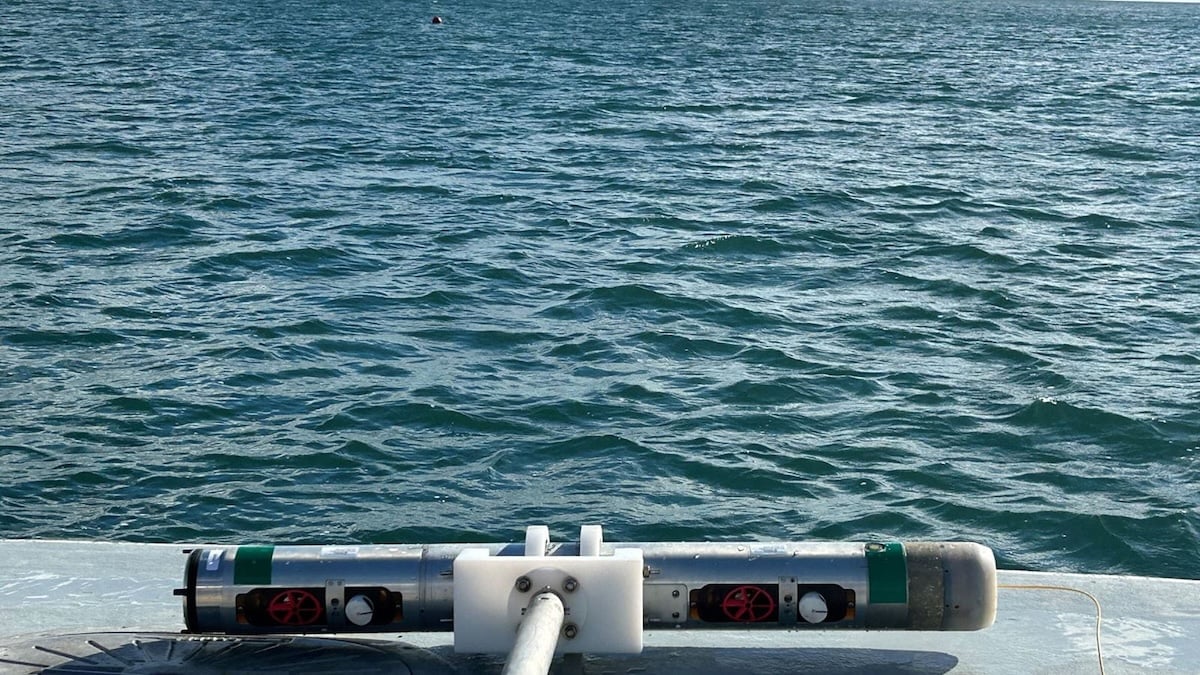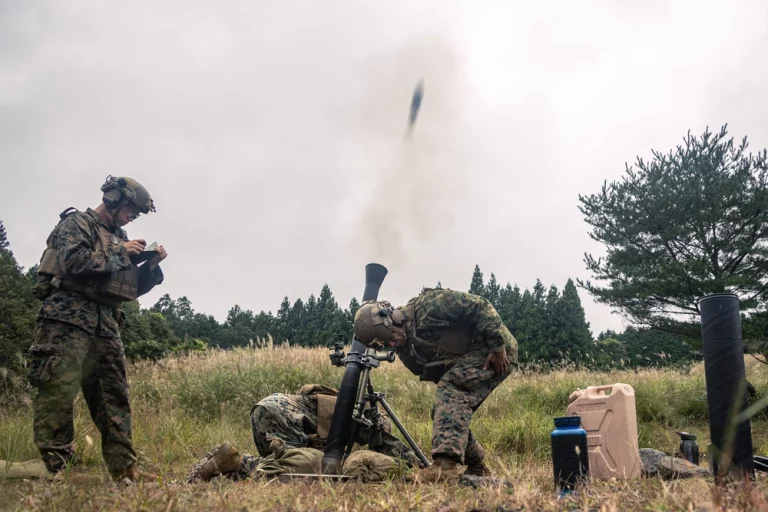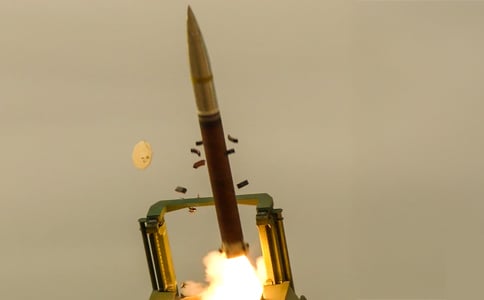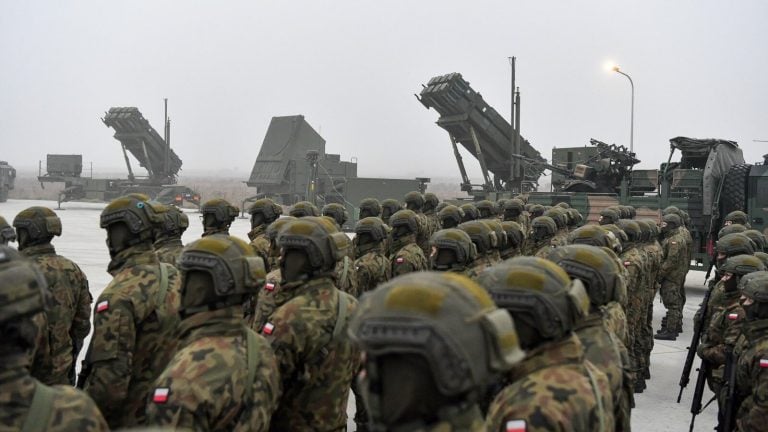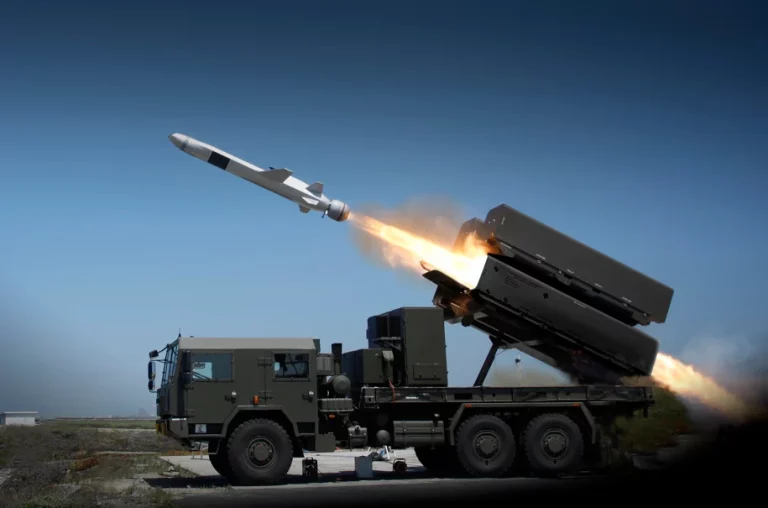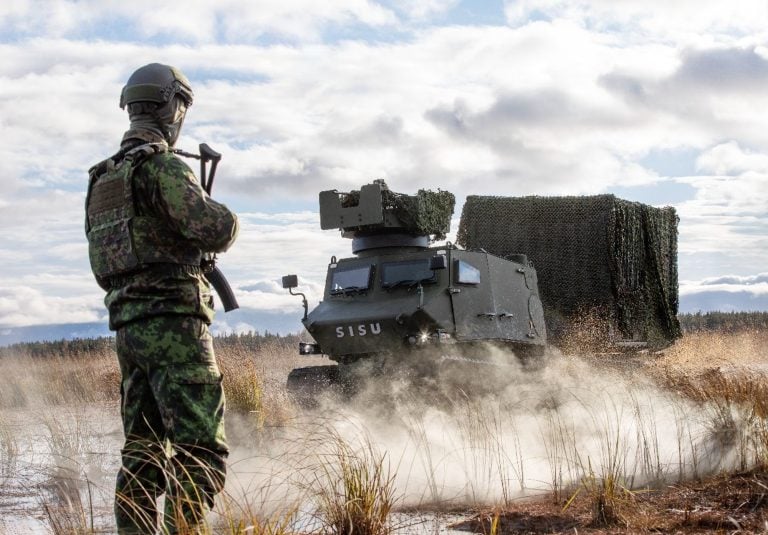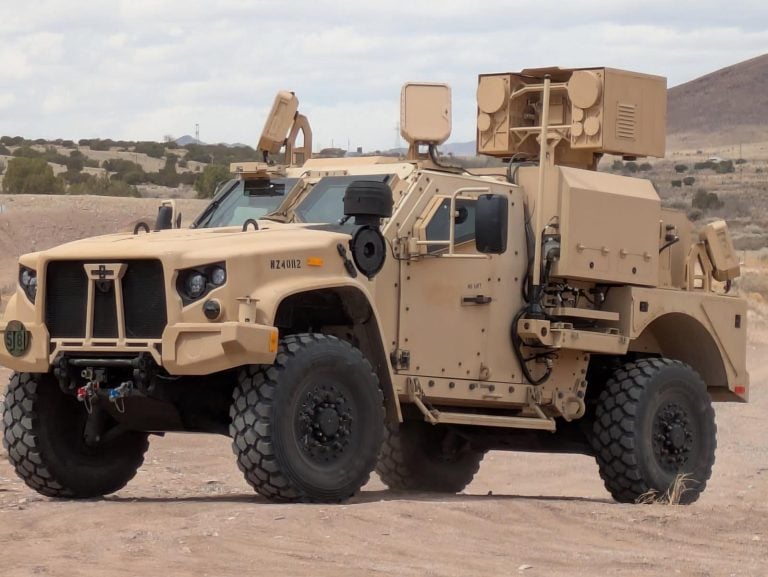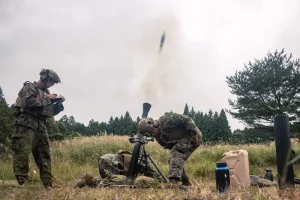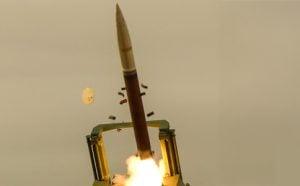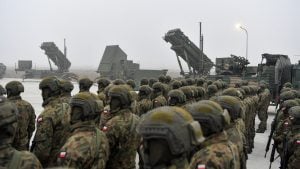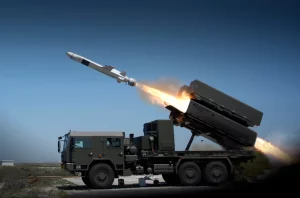In a groundbreaking achievement, Raytheon’s Barracuda naval mine killer has successfully completed its first autonomous underwater mission, pushing the boundaries of mine countermeasure technology. This untethered, semi-autonomous mine neutralization system demonstrated its capability to navigate, communicate, detect, and identify underwater targets without the need for physical connections, bringing it closer to initial operational capability and projected low-rate initial production by 2030.
Raytheon’s President of Naval Power, Barbara Borgonovi, emphasized the importance of this milestone, highlighting the significant advances made in the realm of naval technology. “Barracuda’s capabilities will dramatically improve safety and efficiency for the US Navy, keeping sailors out of harm’s way while effectively addressing underwater threats,” she stated.
Initially contracted in 2018 for $83 million, Raytheon was tasked with designing, testing, and deploying the Barracuda system. It was specifically engineered to locate and neutralize various types of sea mines—including those resting on the seabed, near the surface, or drifting—and to operate independently during missions, enhancing operational flexibility.
Though the Barracuda can execute multiple tasks autonomously, it still relies on a human operator to make critical decisions about mine destruction. This added layer of oversight is aimed at ensuring both safety and precision during operations.
The system completed its first hydrodynamic test in October 2024 at the Naval Surface Warfare Center in Carderock, Maryland, marking another significant step in its development. As the U.S. Navy continues to evolve its strategies for underwater threats, technologies like Barracuda are poised to play an integral role in safeguarding naval personnel and maintaining maritime security.
